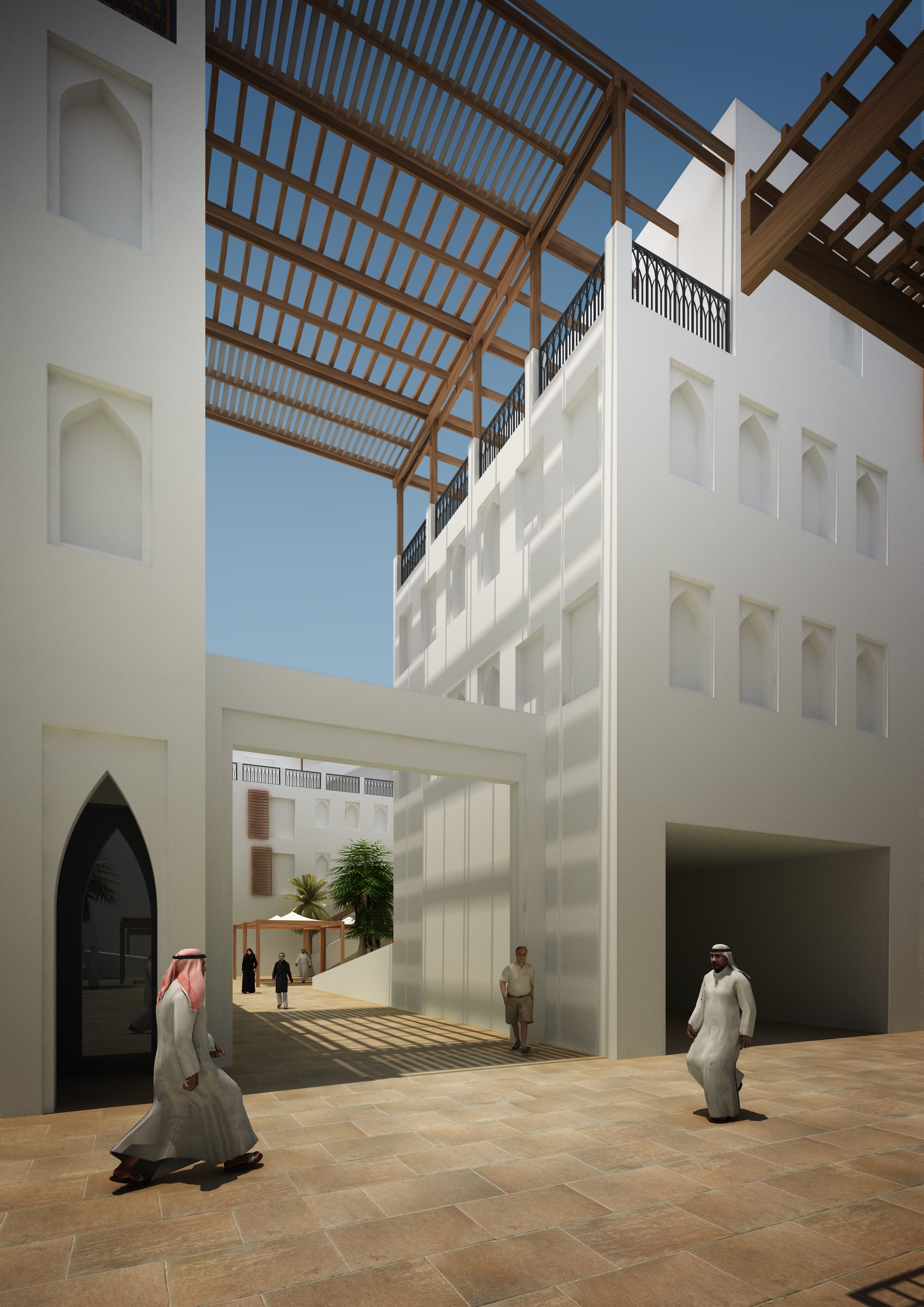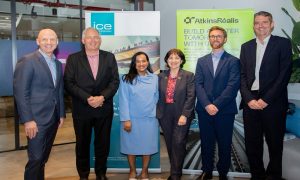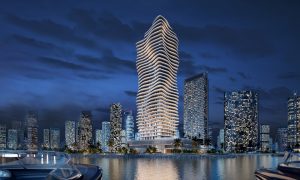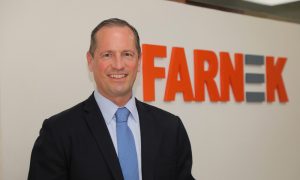A project for the community
Ahead of its showcase at CityScape Global 2011, The Big Project previews Abu Dhabi’s Shahama and Bahia Emirati housing master plan, developed in collaboration with its future residents

Abu Dhabi’s Emirati housing programme is gaining pace; in June the urban structure framework plan was announced for the first area master plan, Shahama and Bahia; a project that regenerates one of the oldest Emirati neighbourhoods and contributes to the 13,000 villas planned under the Emirati Family Housing Programme.
This month, a 23 metre model of Abu Dhabi’s urban landscape will be unveiled at Dubai’s CityScape Global exhibition to showcase the Emirate’s three regional master plans; Capital 2030, Al Ain 2030 and Al Gharbia 2030; further demonstrating how the Shahama and Bahia Revitalisation plan will integrate.
Located on the coast between Abu Dhabi and Dubai, the overall planning area consists of approximately 1770 hectares and will house 27,000 people; the majority, Emirati. It is divided into two area; coastal Bahia and Bahia and Shahama, intersected by highways.
The communities form an integral part of the government’s Vision 2030 strategy, which according to the Emirate’s
Urban Planning Council (UPC) has been orchestrated to secure high quality, sustainable housing constructed by local developers for Emirati citizens.
Many of the new planned developments are to be built within two years.
The Shahama and Bahia Revitalisation plan in primarily has five key themes, to create: new town centres with
transport hubs and retail developments; vibrant and functional housing areas relating to local cultures, climate and contemporary life styles; redefined coast lines and beachfront homes; enhanced connectivity; and promote sustainability.
The objectives are bold but clear; and they are far from isolated.
“The Shahama and Bahia master plan and the various Emirati housing plans are not stand-alone development projects,” says director of urban planning and infrastructure at the UPC, Amer Al Hammadi; further commenting that the developments are not designed to tackle shortages in the supply of Emirati homes, but guarantee social security for future generations.
“This masterplan is of many plans being orchestrated together to attain the overall vision of Plan Capital 2030, which takes into consideration what the whole of Abu Dhabi’s metropolitan area and neighbouring areas will look like and how they will be developed.
“As a result, both initiatives are fully integrated into the core values and elements of Plan Capital 2030 and have to accord with the bigger picture guidelines, policies and regulations of urban development for the entire city.
“It is a holistic approach to the city’s development and no element is acting in isolation,” Al Hammadi adds.
SHAHAMA’S KEY THEMES
TOWN CENTRES: Creation of new centres with transport hub and new retail development
HOUSING TYPOLOGY: Transform systematic and functional housing areas into vibrant, living communities with informal pedestrian networks, densifi ed courtyard typologies and a strong sense of place relating to local culture, climate and contemporary life-style.
COAST: Redefi ned coast and new communities facilities to densify under-developed areas and create beachfront homes
CONNECTIVITY: New streets and public transit to connect the communities and shaded walkways to connect residents with amenities
SUSTAINABILITY: Urban Design, architectural principles, landscape design and a water, energy and irrigation strategy
Team effort
The demanding and ambitious objectives set out in the plan are more than a marketing tactic; UPC has shown commitment to achieving its quality and sustainability pledges through careful planning, monitoring and close collaboration between the organisations and developers contracted to carry out the works, and the residents looking to move there.
“During the development of the Shahama and Bahia master plan, the residents of the area were engaged in a
community day where their needs and aspirations were discussed. The master plan has therefore been drawn up with their thoughts and wishes very much in mind – and this can only be a good thing for the future of the area,” Al Hammadi says.
The feedback was gauged through a series of workshops, consultation sessions and meetings with both governmental and nongovernmental bodies, which saw around 140 volunteers and community members speaking directly with authorities during a dedicated community day held in Shahama.
According to UPC it is a design for development that is regularly undertaken during such projects.
“The day was organised in order to learn more about the challenges facing the Shahama area and also the potential opportunities,” says Al Hammadi.
“Residents were asked what they liked about their communities, what they wanted to see change, and what their dreams for their communities were,” Al Hammadi adds, recalling there was also opportunity for attendees to speak directly with government service provider agencies about healthcare, education, community facilities, amenities, transportation and employment, as well as housing.
“UPC values the feedback of those living and working all across the Emirate. It is only with their input that urban development can successfully meet their needs and aspirations,” Al Hammadi continues.
In addition to hearing the community’s requests, the council also appraises and balances them to ensure they are meeting the needs of all residents, rather than a select few.
Giving an example of one suggestion that didn’t make the final cut, Al Hammadi recalls one request for a local theme park.
“It was decided that a theme park wouldn’t fit in an area with such a heavy residential focus and that other locations would be more suitable for this.”
Sustainably minded
In addition to the preservation of local architectural styles, all the developments are to be built to meet a minimum of two Pearls under Abu Dhabi’s Estidama environmental rating system.
A statement from UPC, released in June pledged a commitment to an expansion programme that would be “controlled and planned” to respect the needs and culture of Emirati people in addition to protecting and enhancing the environment and connecting the [Shahama] area to its surroundings.
“The overall project also encompasses development requirements based on UPC policies and guidelines such as the coastal development guidelines, urban street design manual, the public realm design manual and Estidama,” the statement cont
inued.
Sustainability is also sought through the development of the community itself, according to H.E. Falah Al Ahbabi, UPC general manager, who says the incorporation of Estidama principles aims to inspire and increase citizen’s involvement by identifying their key motivations to “interact with the Abu Dhabi 2030 sustainable vision to improve community, environmental, social, economic and cultural responsibility”.
Al Ahbabi further adds that the communities will become a case study for sustainable living for the next generation.
Designed for the future
A traditional urban planning style known as Fareej, will be adopted for the development, incorporating groups of
courtyard style homes to allow Emirati families to live closely together to encourage social cohesion, while also safeguarding privacy and creating climate receptive areas.
Weaving such homes together with a mix of public amenities through pedestrian friendly streets creates a dynamic, interactive and cohesive atmosphere,” explains Al Hammadi.
“Courtyard-style homes are built to the edge of the plot to maximise the use of land and defi ne the public realm. Small paths, known as ‘sikkah’ strategically connect the homes to neighbouring homes, community facilities and intimate public spaces known as ‘barahaat’, as well as large gathering space known as ‘meyadeen’,” he continues.
Further transitions between indoor and outdoor spaces are created with ‘liwans’; shaded outdoor spaces, which naturally encourage a breeze for families to sit in. It’s a design technique that is both sustainable and climate responsive.
“The UPC is working with a number of developers to incorporate fareej design elements into their projects and these Emirati neighbourhoods will fuse traditional living with contemporary design to create highquality homes and
attractive, safe and vibrant neighbourhoods,” Al Hammadi concludes.
THE DEVELOPERS
To meet the requirements of Vision 2030, the new communities are all designed and built by local developer:
• Sorouh Real Estate
• Tamouh Investments
• Royal Development Company
• Al Qudra Real Estate
























